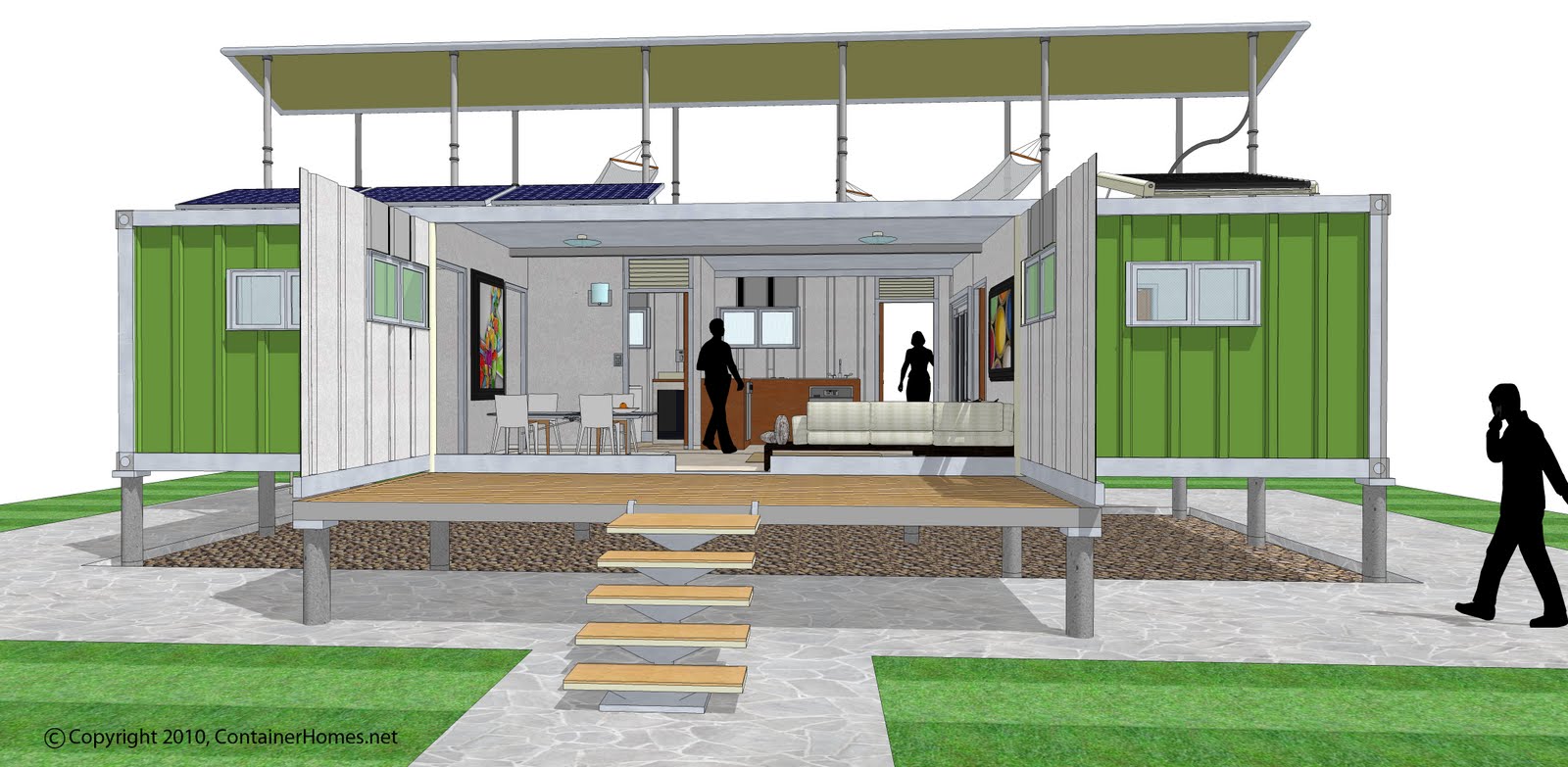

Don’t cut the top and bottom rails. We get projects periodically where the Architect cuts the bottom and top rails for stairs or to make some sort of open area. This makes the structure exceedingly complicated, and again requires a lot of steel.If you start stacking containers on end, upside down, or in various angles to each other, we can’t use the connectors, and the forces act on them in a way that the original structure of the container can’t work. Now, we can design anything you want structurally with a lot of steel, but if you insist on getting so creative with the containers, it probably would be better to just build a steel structure and put pieces of containers up around it as a veneer.Don’t stack them creatively. I was unfortunate enough to get sucked into a pro-bono design exercise in Atlanta years ago. The idea was to build three low cost shipping container houses to provide housing for people under stress. Architectural students did the design, and they had the containers upside down on one house, mitered together on another to form a “V”, and put in a cross configuration on the last one. This was in spite of me telling them repeatedly that this wouldn’t work without a LOT of extra steel.

Respect the container. A shipping container is designed to be stacked on a ship, train, truck, or in a yard. It comes with cast connectors on the corner to allow that to happen, and all containers have the same dimensions for those castings. They have a basic structure that gives them their strength, and the more you cut away the less strength you have.You can’t do both. Remember this with your concept. You can imitate Frank Lloyd Wright, or you can design affordable buildings. To my knowledge, none of the structures Frank designed were “affordable”. What is the purpose of your project? Is it to be affordable housing? Are you looking to create housing for homeless people? Are you trying to make an architectural statement on a high dollar building? Frank Lloyd Wright was a great architect.Let’s start from the most important and work our way down. If you violate some of these, the cost will go through the roof, and we’ve turned down projects that had unrealistic designs where some of these basic principles are ignored by the architect. I’ve worked on quite a few buildings made from shipping containers, and on a number of projects I’ve seen the budget completely blown out of the water and the projects not get built. There are a few things that you can follow when preparing the initial architectural design that can really lower the cost.


 0 kommentar(er)
0 kommentar(er)
